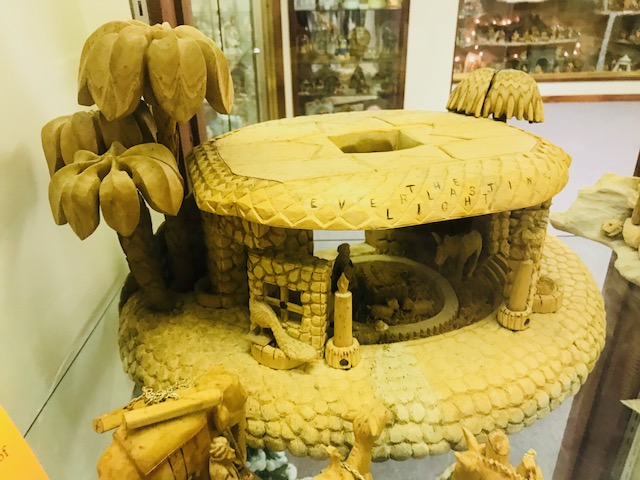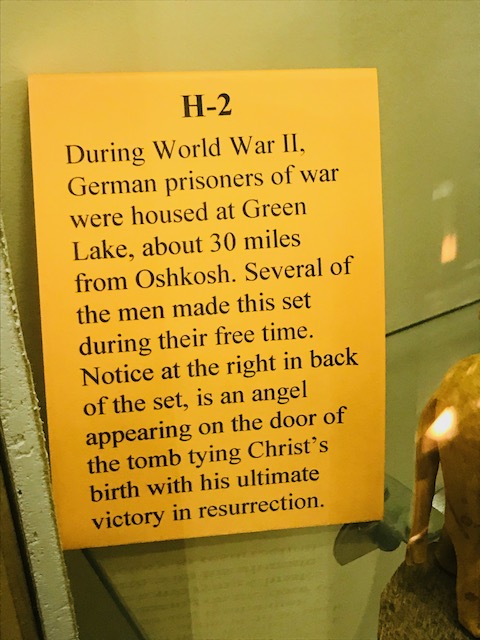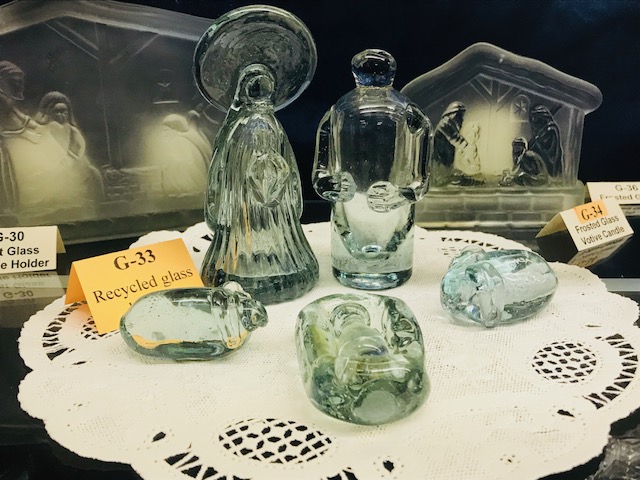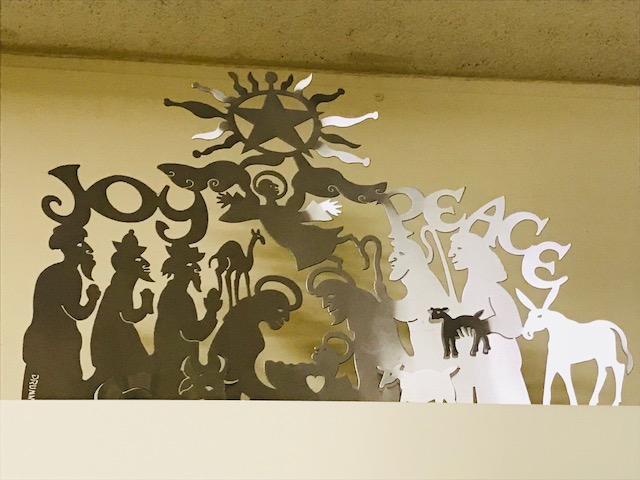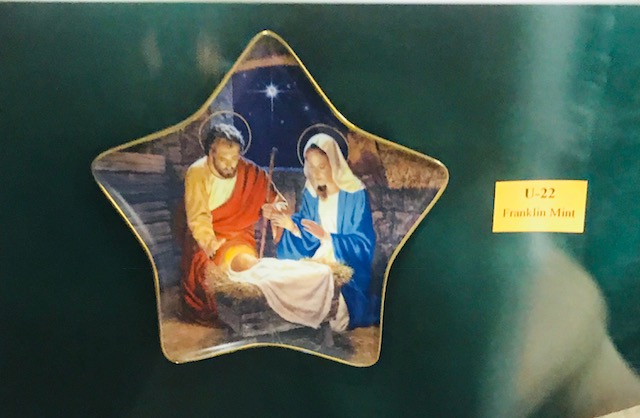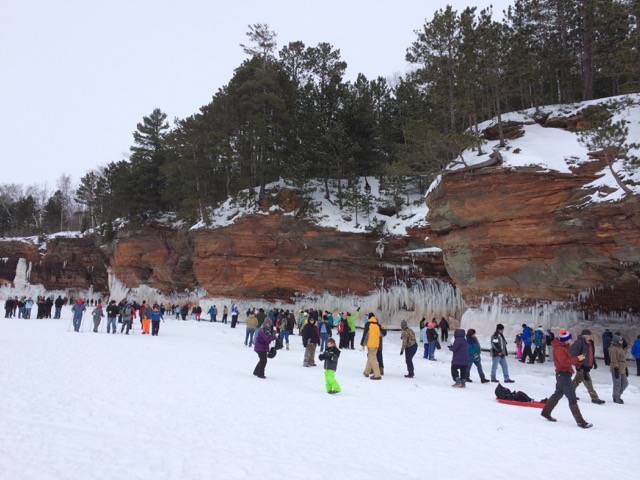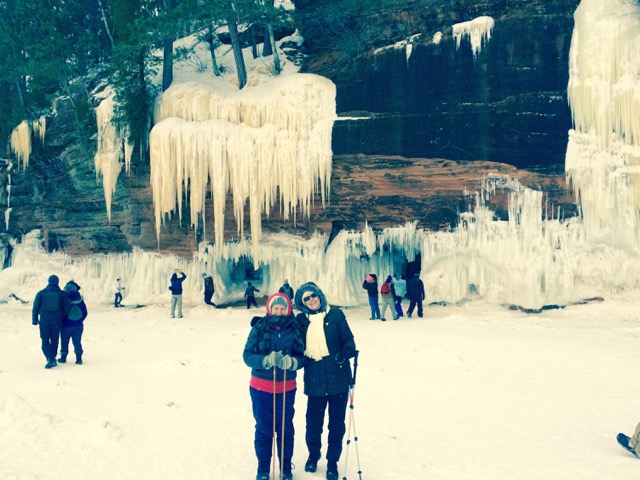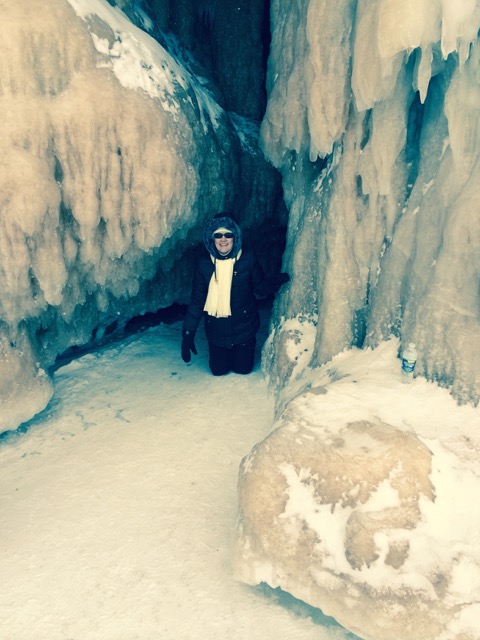We toured an old historic mansion in southwestern Wisconsin called the Villa Louis. I always enjoy looking at houses…old and new.
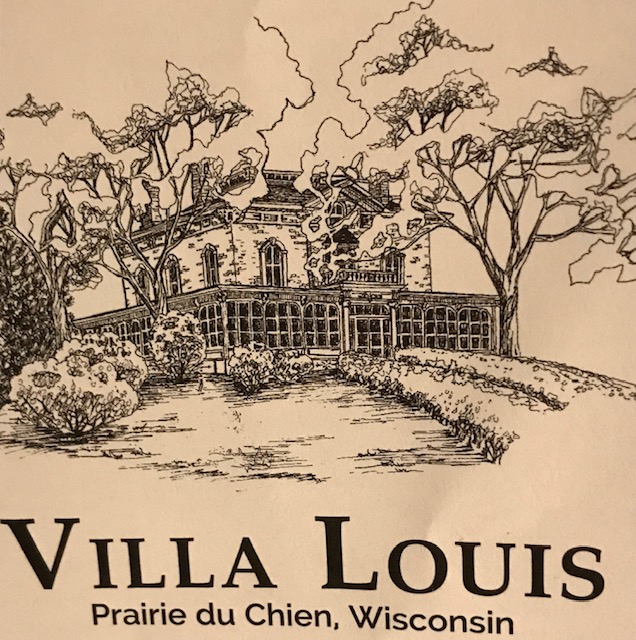
A bit of history: The Villa Louis sits on 25 acres along the Mississippi. An original brick house was built in 1843 by Hercules Dousman. He earned his fortune in fur trade, lumber trade and being a “frontier entrepreneur”. Hercules Dousman died in 1868 and his wife (Jane) and their son, Louis, inherited the house.

Louis had it torn down and rebuilt in 1871. Louis died at the young age of 37 and the house was left to his widow and five children who lived in the house until 1913. The estate stayed in the family until the Wisconsin Historical Society acquired it in 1952.
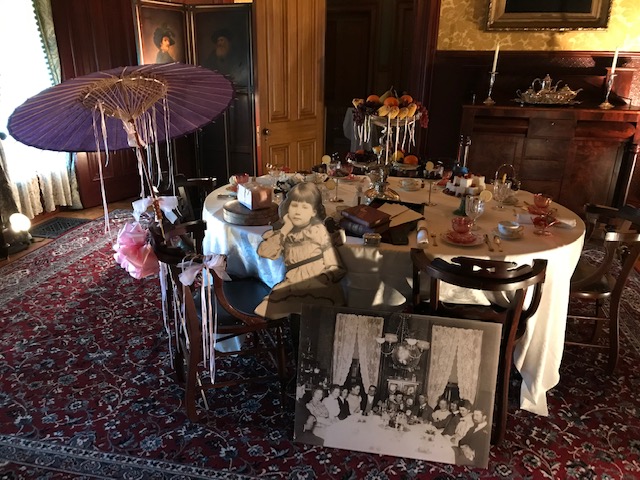
In the mid-1990’s the Historical Society began a major project restoring the house back to how it looked in the years between 1893 to 1898.
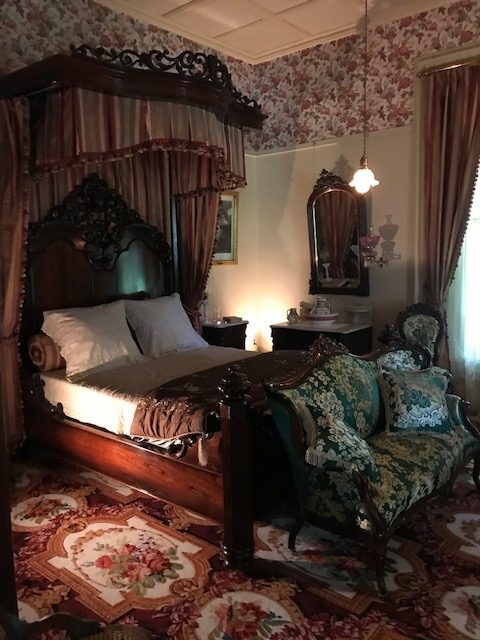
The restoration of this particular home is unique because there is a large collection of historic photographs showing different areas of the house, from the late 1800’s, and they were used to re-create the rooms.
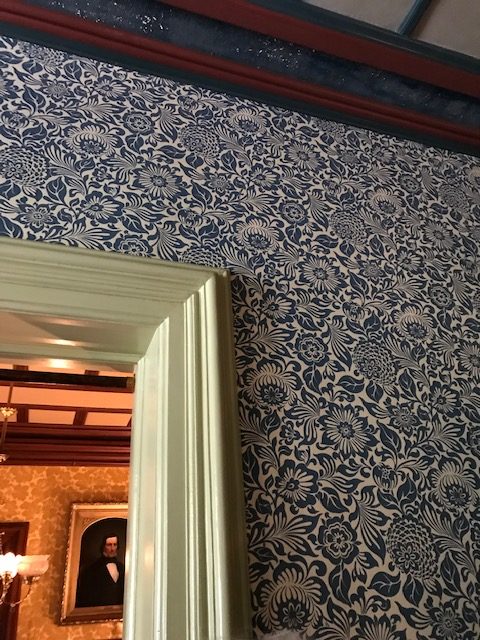
In addition to the photographs, the historical society acquired 90% of the original furniture. When the family was notified of the restoration project by the historical society, three of the four siblings (the fifth child had died) gave back their possessions, which they inherited when they sold the house. The brochure states the restoration project was “unusually well documented.”
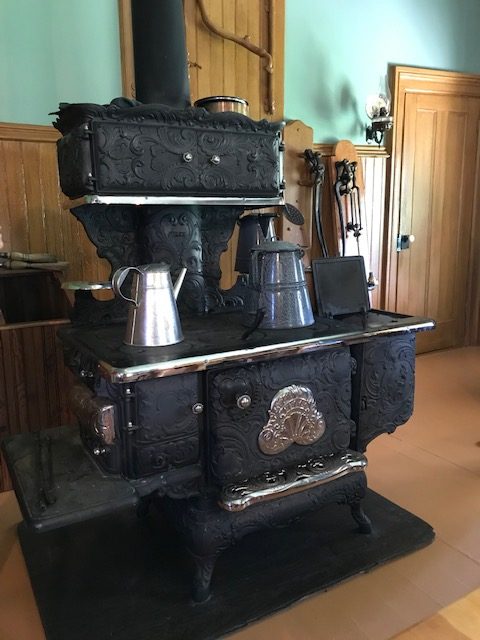
The day we visited was hot and humid so it was great to walk into the air-conditioned mansion…air-conditioned to preserve the antiques. Our young tour guide was knowledgeable and delightful. The photographs and original furniture makes the house feel authentic as you step inside, and step back in time. It was charming and lovely.
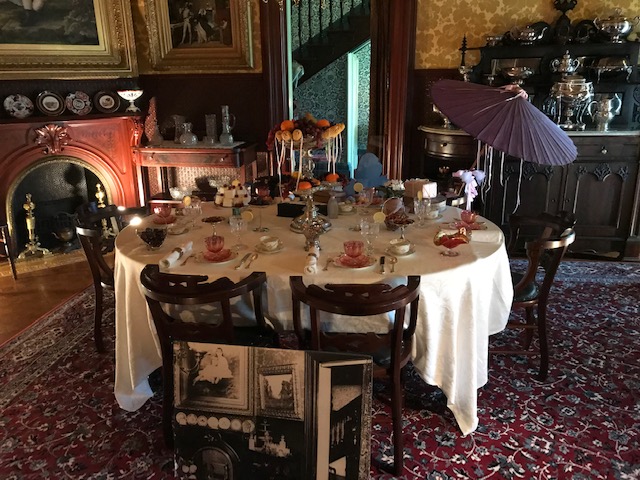
There are several events that happen at the Villa Louis. One is the annual Villa Louis Carriage Classic, a carriage parade and driving competition, with folks dressed in period costume. That sounds like a fun event.




